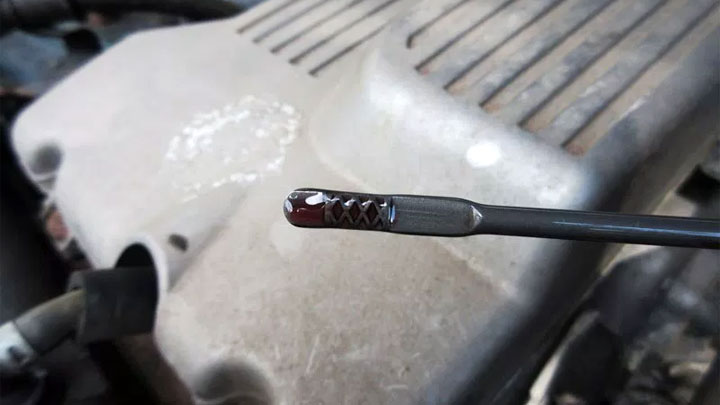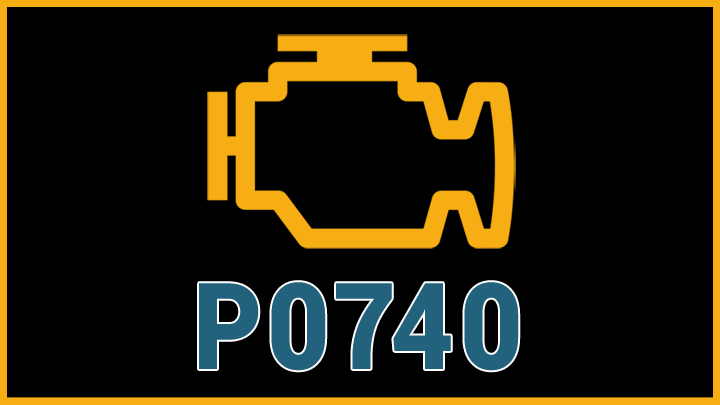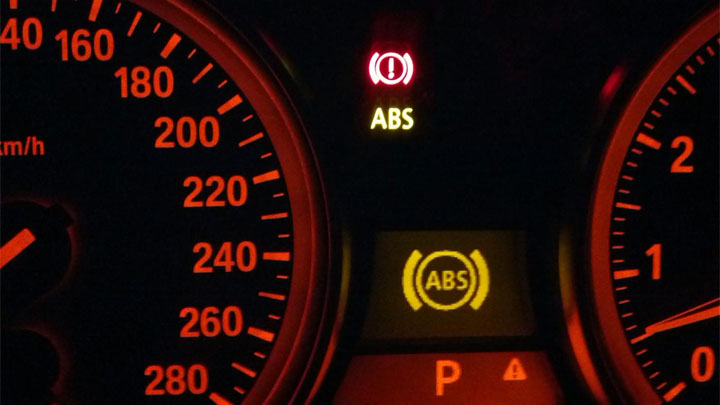Last Updated on January 4, 2022
While most envision one or more engine-related issues when they notice a newly illuminated check engine light, the fault at hand might not actually be related to their vehicle’s engine at all.
Unbeknownst to many, modern vehicles are capable of storing fault codes for any particular system, engine, or otherwise. This most notably includes the addition of ABS, body control module, and transmission faults.
Of these various non-engine related faults, few tend to be as troubling as those that originate within a vehicle’s transmission. After all, transmission issues tend to be quite costly to remedy, while also necessitating a significant amount of vehicle downtime. This, in turn, causes hardship on multiple fronts.
One such fault, which tends to draw its fair share of concern, is DTC P0740. This fault code describes an out-of-spec transmission condition, more specifically tied to the drivetrain’s torque convertor circuit.
Read on to learn more about diagnostic trouble code P0740, as well as how to handle such issues, should they be encountered in the future.
What Does Code P0740 Mean?
Vehicles featuring an automatic transmission rely upon the use of a torque converter to direct power, as needed, to the drive axle. Essentially, the torque converter itself connects a vehicle’s engine and transmission via a fluid connection.
The torque converter is also home to a specialized clutch, which is engaged and disengaged through the actuation of a clutch solenoid. This solenoid is controlled by a vehicle’s TCM (transmission control module), in response to inputs from various sensors.
The TCM rationalizes clutch engagement, based upon an array of data. In turn, engagement of the transmission’s clutch solenoid(s) is perfectly timed, occurring most prevalently in advance of complete lock-up.
In the case of DTC P0740, the affected vehicle’s TCM has detected a fault within the converter clutch solenoid circuit. Therefore, clutch engagement can be adversely affected. In most cases, DTC P0740 is only stored after multiple solenoid circuit faults have been detected.
The exact cause of DTC P0740 often varies, and can differ slightly across today’s numerous vehicle makes and models. Though diagnostic trouble code P0740 is generic in nature, meaning that it applies to all vehicles of 1996 and newer vintage, not all manufacturers use this code in the exact same manner.
However, in the bulk of cases, DTC P0740 is used to denote an electrical issue within the transmission’s clutch solenoid circuit.
Symptoms of Code P0740

Diagnostic trouble code P0740 is often accompanied by a number of additional symptoms. While not all of these are present in every case, they are common enough to warrant further attention when attempting to diagnose the issue at hand.
The following are several of the most common symptoms associated with DTC P0740.
- Harsh or irregular shifts
- Failure to shift in or out of gears
- Engine stalling
- Transmission overheating
- Failure to move from a parked position
Causes of Code P0740

Diagnostic trouble code P0740 can be caused by several underlying conditions, which often differ from one another in overall severity. Recognizing and understanding each of these potential issues can prove valuable when attempting to remedy the problem at hand.
The following are several of the most common causes of DTC P0740.
- Underfilled or overfilled transmission fluid
- Breakdown of transmission fluid
- Restricted fluid flow within the transmission
- Faulty torque converter or converter clutch
- Malfunctioning converter clutch solenoid
- Damage within transmission
- Faulty PCM/TCM
Is Code P0740 Serious?
In general, diagnostic trouble code P0740 is considered to be quite severe in nature, and requires immediate attention. This stems from the fact that this code is indicative of a condition that has the potential to leave you stranded on the roadside, without any recourse but to hail the assistance of a wrecker.
DTC P0740 directly relates to internal issues within a vehicle’s torque converter, or the transmission itself, which can ultimately inhibit the transmission from shifting into, or out of gear.
Simply put, a condition of this type has far too many potential ramifications to a vehicle’s overall drivability, to warrant overlooking.
In any event, the root cause of diagnostic trouble code P0740 should be diagnosed and remedied at the first available opportunity.
If you do not feel comfortable undertaking such repairs yourself, or simply do not have enough time, an appointment should be made with a trusted service center as soon as possible.
How to Fix A Code P0740
The following steps can be followed to assist in diagnosing and remedying the root cause of your vehicle’s P0740 fault code. As always, consult factory-specific service literature for your vehicle, before attempting any such repairs.
#1 – Check For The Presence Of Additional DTCs
Before beginning the diagnostic process, it is important to check for the presence of any additional fault codes. If any such codes are found, thoroughly diagnose each before continuing to step #2.
#2 – Inspect Transmission Fluid

You will now begin the diagnostic process by inspecting the transmission fluid of the affected vehicle. The transmission should be filled to the appropriate level, and all fluid should appear standard in appearance/consistency. Underfilling or overfilling of a vehicle’s transmission can easily trigger faults of this nature.
See Also: Automatic Transmission Fluid Color Chart
#3 – Visually Inspect Transmission Wiring Harness
Next, you will carefully inspect your vehicle’s transmission wiring harness. Check for signs of damage or fraying. Additionally, all pins should be checked for corrosion, and proper pin-to-receptacle tension should be verified.
Correct any deficiencies that are found.
#4 – Check For Continuity Across Affected Circuit
You will now verify the continuity of all wires within the affected circuit. This is accomplished through the use of a multimeter set to the ohms scale. Using a factory specific wiring diagram, look for the appropriate pins that correspond to each end of the clutch solenoid circuit, at their points of connection with the transmission (internal harness), and TCM.
Check for signs of a short-to-ground condition within the external portion of the harness, or excessive resistance or open conditions within the internal harness/clutch solenoid.
#5 – Repair As Necessary
Open or grounded wires located in the external transmission-to-TCM portion of the affected wiring harness should be located and repaired as necessary.
If continuity testing has revealed that the issue lies within the transmission itself, removal of the transmission oil pan might be necessitated. Upon removing the transmission oil pan, further testing of the clutch solenoid should be conducted as specified by factory-specific service literature for your particular vehicle.




